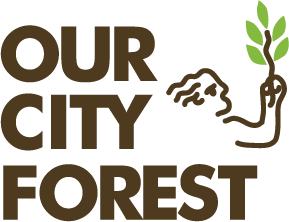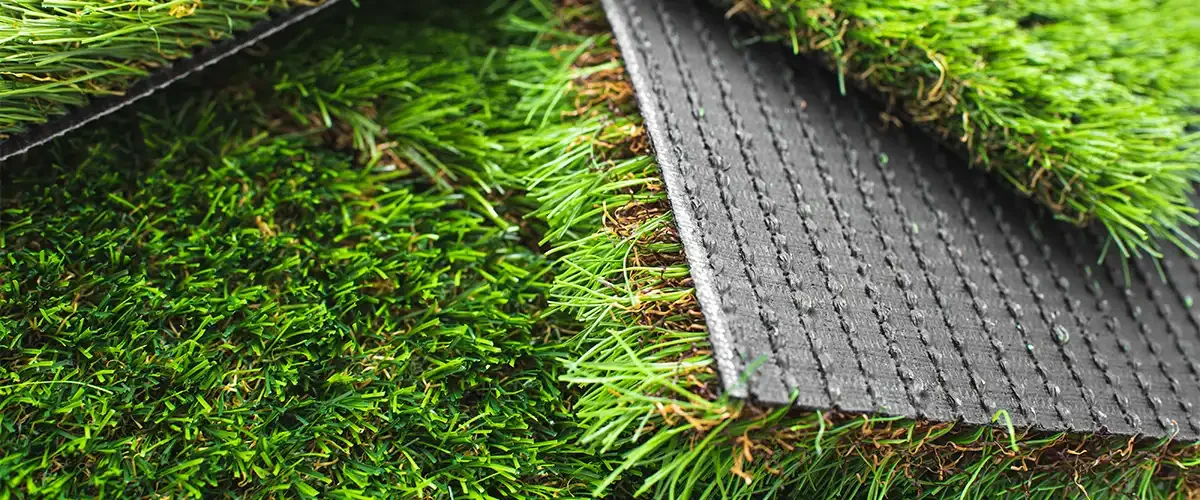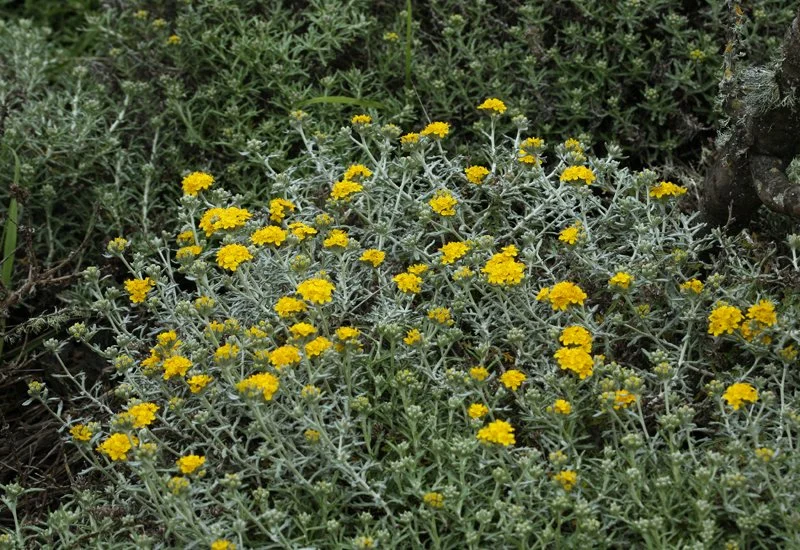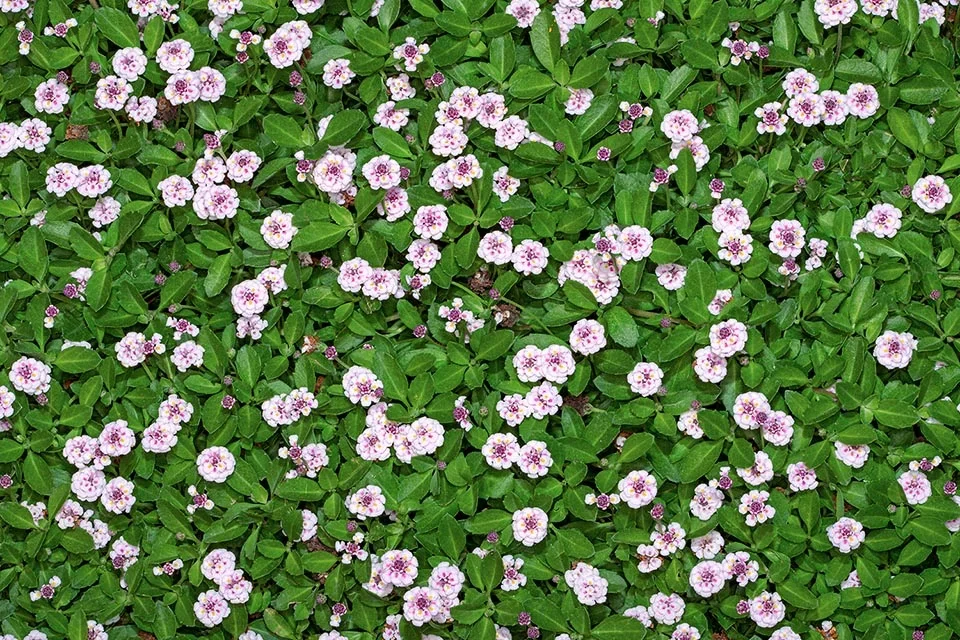California, a state with many diverse ecosystems and national parks, also has many lawns. In the United States, citizens have traditionally embraced lush green lawns in the newly built world of suburbia. Nowadays, the idealistic image of the grassy front lawns often give way to overgrown, neglected, or concrete eyesores. Today, we’ll explore the environmental and financial cost of the remaining lawns in America as well as alternatives that’ll promote a greener, more sustainable future than what was previously promised.
A traditional lawn in American suburbia. Image credit: RS Lawn Care & Landscaping (Source)
Going Forward: Primary vs. Secondary Sources
When referring to emissions, there are two types of sources, primary and secondary. The use of cars is an example of a primary source, as they directly contribute emissions through their use and functionality. It’s through the production of a thing — the material and energy resources — that creates a secondary source emissions. The technology I’m using to create this blog is an example of a secondary source, meaning that emissions were released in the making of these words. No need to write this down, I’m not going to test you later, but you have a better idea of the difference between sources of emissions!
Lawns are dynamic in how they contribute greenhouse gas emissions, depending on what aspects someone focuses on. Let’s take a moment to use our newfound knowledge of sources of emissions. Would fertilizers used in lawns be a primary or secondary source? What about decomposing lawns? The fertilizers used to maintain the health of traditional lawns are a secondary source, as producing chemical fertilizers takes lots of energy and releases lots of greenhouse gasses. Decomposing lawns directly release carbon dioxide and methane, making it a primary source of emissions.
The Cost of Lawns
Not only do lawns contribute to greenhouse gas emissions, but they’re also expensive to maintain and use water inefficiently.
Lawns require significant maintenance, often in the forms of watering or mowing. While electric mower options are out there, I’d imagine people hold the idea that “if it ain’t broke, don’t fix it” when they have a gas-powered mower on hand. Compared to running a modern car, motorized mowers can contribute up to 11 times more emissions than running a modern car!
When it comes to finances, a lawn is can reveal itself in your water bill. Traditional lawns using natural grass require about 1 to 1.5 inches of water a week. If it’s not raining at least once a week, that water has to come from somewhere and that somewhere is not free. Landscape irrigation nationwide uses an estimate 9 billion gallons of water each year nationwide, but half of the water used for household irrigation is lost to evaporation, wind, and runoff. That’s billions of gallons of water, literally gone to the wind! This unoptimized water use not only raises the water bill each month, but also stresses the water supply in dry environments like the Silicon Valley.
While lawns can also sequester carbon, it’s important to consider that the carbon emitted from maintaining lawns is nearly 4 times greater than the carbon being absorbed from it. Overall, lawns are carbon-negative and should not be considered an optimal use of green space.
The False Promise of Artificial Grass
Yes, there is a utopia that is ever-green and requires minimal maintenance called turf or artificial grass. But did you know that utopia ironically means no place? It’s accurate to the false promise of artificial grass. While they do remain green and require little maintenance, their environmental harms aren’t so far from traditional lawns.
Artificial turf can seem like a tempting replacement to the traditional lawn, but are often just as harmful to the environment. Image credit: American Greens (Source)
Just like under-maintained traditional lawns, artificial ones also deteriorate over time under natural conditions. Because of their plastic nature, they release potent substances like methane, more than 28 times more potent than carbon dioxide in trapping heat in the atmosphere. The initial creation of the plastics can strengthen your newfound understanding of emission sources — their production is an example of secondary emissions. Lastly, artificial grass may need to be replaced, with the old turf ending up in landfills allowing them to release methane and other harmful substances into the atmosphere or polluting other environments.
On A Greener Note
While it may be intimidating and labor inducing to transform a lawn, it saves money, time, and the world once completed! So, if you’re considering taking the first step, bring a friend or the whole family in this adventure that’ll save a lifetime. Here are some ideas to start brainstorming the ideal project!
An example of a converted lawn. Image credit: Spotts Garden Service (Source)
Drought-Tolerant Plants (Calwildgardens)
Here in a California, there are more than 20,000 native plant options to choose from!
To start, there are native wildflowers! These are often dormant during the summer and bloom in the spring creating a dynamic spin. However, there are ways to avoid a barren front yard by choosing native wildflowers that bloom at different times of the year! Some suggestions to look at would be Purple Sage (Salvia leucophylla, Salvia clevelandii), Monkey flower (Mimulus auranticus), or Yarrow (Achillea)!
Native Golden Yarrow (Eriophyllum confertiflorum). Image credit: CalScapes (Source)
Then, there are groundcover plants. They are the closest in appearance to traditional lawns and happen to be the cheapest! They can also be used to hide slopes or fill open spaces. However, they are not walkable. Some suggestions would be Huntington Carpet, Yankee Point, California Fuschia (Epilobum), and Yerba Buena (Clinopodium douglasii).
Next, are cactus and succulents that are exceptional in dry conditions! It’s considered best to plant them before winter as the water stored through the winter rain will help them survive the dry season. Some suggestions are the Desert Spoon (Dasylirion), Thornless Prickly Pear (Opuntia), and Aloe Vera!
Lastly are low-water Mediterranean plants! These are great for creating an almost living garden look as it promotes pollinators similar to wildflowers. Some suggestions are Boule, Goodwin creek, and Mexican Bush Sage (Salvia leucantha).
Native Grasses and Walkable Groundcover
If someone desires a more walkable alternative here are some ideas to get started:
Image credit: Monaco Nature Encyclopedia (Source)
California Frogfruit (Phyla nodiflora) is a low-growing succulent groundcover that is optional to mow, pollinator-friendly, and incredibly drought-tolerant. It’s also dog friendly!
Image credit: Grassland Growers (Source)
If you’re familiar with conventional sod, where grass is rooted to pre-existing soil that is then commonly layered over a pre-existing lawn, Native Bentgrass (Agrostis pallens) is a similar option. Compared to conventional sod, Bentgrass requires half the water needed to maintain it!
Image credit: Joe Gardener (Source)
Meadow grasses create tall, soft barriers within the landscape and are especially beautiful when blended with previously mentioned species!
Water-wise Hardscaping
This landscaping route is best paired with previously mentioned options. Water-wise hardscaping, if not paired with shade either artificially or naturally will contribute to urban heating, or the absorption of heat.
Gravel: These create exceptional paths to allow neighbors to witness and maneuver a beautiful front yard.
Permeable Pavers: These are replacing driveways or walkways to increase water infiltration. These can be paved stones or dull rocks, they are suggested to be 3 inches apart with the spaces in between to be filled with gravel or mulch.
Stepstones & Groundcover: These would come in the form of Loose Flagstones, which are very thin compared to larger rocks. They should be spread at least 4 inches apart with the gaps being filled with groundcover plants like the California Frogfruit as we mentioned before.







